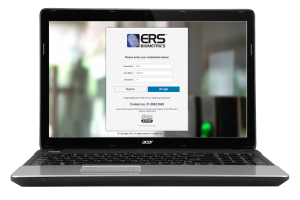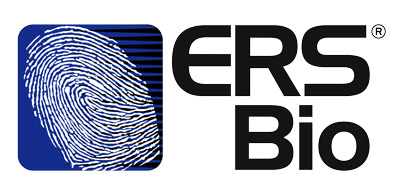The Positive Impact of Automation in Staff Clocking on Business Efficiency
In today’s fast-paced business environment, automation has become a driving force for increased efficiency and productivity. One area where automation has made a significant impact is staff clocking. The traditional manual method of tracking employee attendance and working hours is being replaced by automated systems, bringing numerous benefits to businesses. In this article, we will explore the positive impact of automation in staff clocking on business operations.
1. Streamlined Processes and Time Saving:
Automating staff clocking eliminates the need for manual time cards, punch clocks, or paper-based attendance sheets. Instead, businesses can implement modern systems such as biometric scanners, facial recognition technology, or mobile apps that allow employees to clock in and out effortlessly. By reducing the administrative burden associated with manual tracking, businesses can save significant time and resources.
2. Accurate and Reliable Data:
Human error is inevitable when relying on manual processes for staff clocking. Misplaced time cards, illegible handwriting, and incorrect data entries can lead to inaccuracies in attendance records. In contrast, automated staff clocking systems provide accurate and reliable data in real-time. This data can be easily integrated with payroll systems, enabling businesses to calculate salaries, track overtime, and generate reports with confidence.
3. Improved Payroll Accuracy:
Automation in staff clocking eliminates the need for manual data entry when processing payroll. With accurate attendance records automatically captured, businesses can ensure employees are paid for the exact hours worked. Additionally, automated systems can easily account for different pay rates, overtime calculations, and any other variables, ensuring fair compensation and avoiding payroll discrepancies that can harm employee morale.
4. Enhanced Compliance and Reduced Risk:
Automated staff clocking systems enable businesses to comply with labour laws and company policies more effectively. These systems can enforce break times, track meal periods, and monitor work hour restrictions, minimizing the risk of compliance violations. By reducing manual oversight, businesses can mitigate the potential for errors and costly legal issues associated with non-compliance.
5. Enhanced Employee Accountability and Productivity:
Automated staff clocking promotes a culture of accountability among employees. With precise tracking of clock-in and clock-out times, employees are more likely to adhere to their schedules and be punctual. This increased accountability can lead to improved productivity and a more efficient use of time, benefiting both individual employees and the overall business.
6. Data-Driven Decision Making:
Automated staff clocking systems provide valuable data that can be used for strategic decision-making. Businesses can analyse attendance patterns, identify trends, and optimize staffing levels accordingly. This data-driven approach helps organizations better allocate resources, plan shifts, and improve operational efficiency.
Conclusion:
Automation in staff clocking has a positive impact on businesses, revolutionizing the way employee attendance is tracked and managed. By streamlining processes, ensuring accuracy, enhancing compliance, and fostering productivity, automated systems deliver tangible benefits to both employers and employees. Implementing automated staff clocking not only saves time and resources but also enhances overall business efficiency. Embracing automation in this crucial aspect of workforce management is a smart investment that paves the way for a more streamlined and productive future.

For more info on the ERSBio’s range of Biometric Devices from Suprema Security & Biometrics, click here.

For more on ERSBio’s Time & Attendance Software, click here.
Contact us: sa***@*******co.za l 010 593 0593




